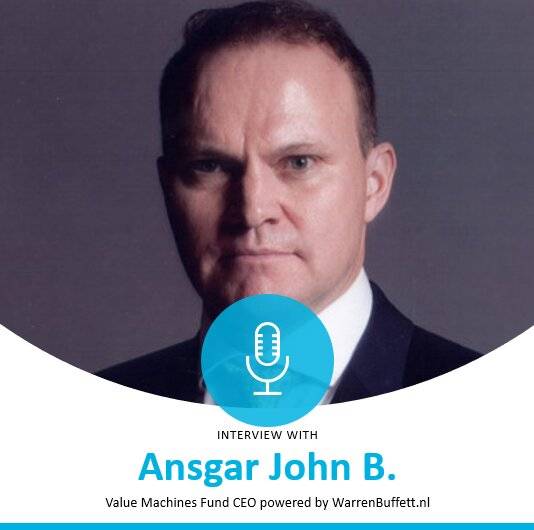Andrew Teacher is strategic advisor, supporting on reputation, policy, fund raising and business issues. Also, he is an experienced entrepreneur in tech and consultancy.
What do you think the post-COVID retail landscape will look like?
The COVID-19 pandemic and restrictions on social gatherings have undermined physical retail and fostered greater dependence on online shopping. In the UK, we’re seeing a short-term spring back but the resilience of high streets will depend on making retail experiential, through administrative flexibility to promote lease ups and a business rates regime that brings in new retailers into vacant spaces.
The resilience of high streets will depend on making retail experiential
What will be the biggest problem or weakness that the physical store have to deal with?
Large ‘catch-all’ digital offerings have been the lifeblood of the shut-in economy throughout the COVID-19 pandemic. The physical store must create a sufficiently differentiated experience if they’re to outweigh the ease and accessibility of online retail, and that means retailers working collaboratively to cultivated communities which prospective shoppers would want to be part of.
What role will technology play?
There are property technology pioneers out there seeking to introduce digital elements of the shopping experience to a bricks and mortar retail landscape. We should be encouraging a physical retail relationship with digital users through smart search engines which interface with local inventories. The post-COVID retailer ought to be aware of this trend to ‘digital twins’ and shouldn’t conceive of their potential marketplace as an ‘us’ versus ‘them’ dichotomy. Many stores have already adapted to a ‘Buy Online, Pick Up In-Store’ (BOPIS) trend.
Loyalty will be achieved as always: through good service, a strong relationship with customers, and a knowledge of their needs
How will customer loyalty be achieved?
As it always has been: through good service, a strong relationship with customers, and a knowledge of their needs. COVID-19 hasn’t changed how we interact with retail, it’s simply challenged retailers to consider their local situation and create comfortable, safe experiences that draw shoppers into their orbit.
Are you optimistic about the future of retail?
Yes. COVID-19 hasn’t exposed any structural issues with the way in which we interact with physical retail. It has, however, made it an imperative to have a digital aspect to the business, and to harness a newfound flexibility. The retailers that will struggle will be those that neglect the experiential, and are reluctant to consider their role as fulfilment from a digital source of shoppers as well as physical sales.
COVID-19 has made it an imperative to have a digital aspect to the business and to harness a newfound flexibility
What do you think about our Flame analytics tool?
We should encourage the proliferation of ‘digital twins’ as a measure of performance and an avenue to connect with a wider digital marketplace.







